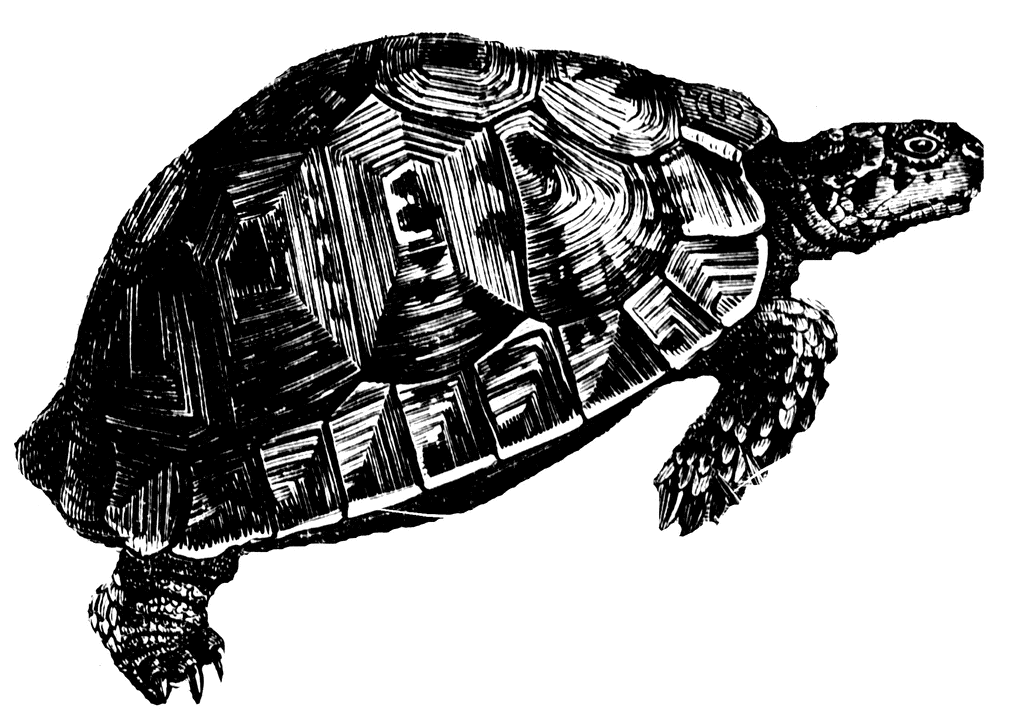On the spiritual path we practice in order to avoid judgment. As shrI shaMkarAcArya has stated, "A person who hears about the condemnation of another incurs sin. What need be said about the sin incurred by a man who actually engages in nit picking?"
Our practice is twofold: we don’t listen to judgments; nor do we indulge our in making them.
In addition to avoiding judgment, we also embrace viveka. This is to say, we continuously discriminate between Atma-brahman and the realm of appearances. There are three methods that can be used to bring about this discrimination. These are:
adhyAropa-apavAda
dRRigdRRishya viveka
bhAga tyAga lakShaNa
adhyAropa-apavAda involves putting an example forward and then, when the point has been made, retracting it. For example, we can say that the Atma is like space that exists around between and within a row of pots. However, after considering this example, we remind ourselves that it is only an example, since space can be objectified, whereas the Atma can not.
dRRik dRRishya viveka (sometimes referred to as neti-neti or not this, not this) is the practice of discriminating between the seer and the seen. If we can see an object, then this object is not the seer. Our practice is particularly helpful when we repeatedly consider how our individual sense of self, is but another object appearing to the ever-present, subjective seer.
bhAga tyAga lakShaNa is the practice of one way of seeing being eclipsed by another. The starting point for this practice is one of the mahAvAkya-s or great statements. For example the Sringeri mahAvAkya is "aham brahmAsmi" or "I am brahman". Usually we identify "aham" or "I" in a limited way. In this case, as SrI SankarAcArya has explained, "aham" refers to the Atma and not the jIva (the jIva being the individual, incarnate person comprised of the five kosha-s).
In short, we don't simply want to avoid judgment on our path. We also embrace the practice of viveka, which allows us to discover Truth.
Thursday, July 22, 2010
Subscribe to:
Post Comments (Atom)




No comments:
Post a Comment